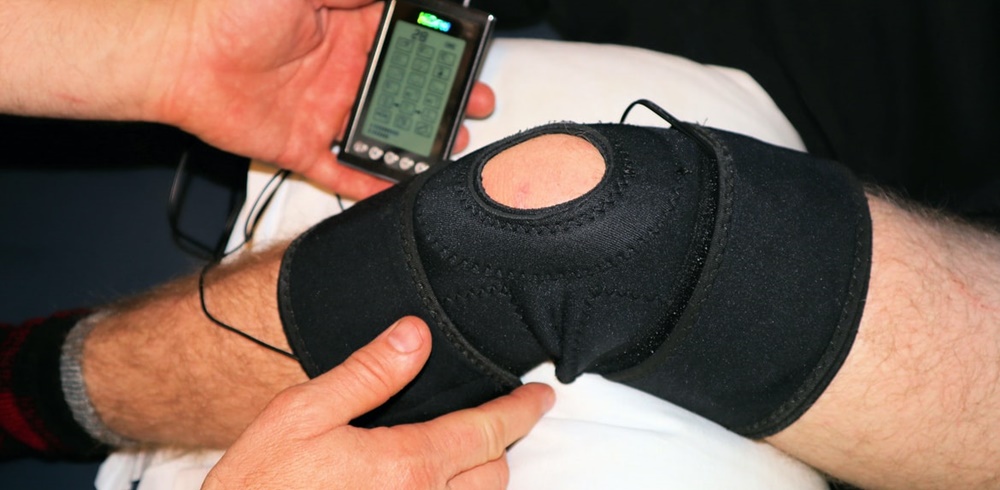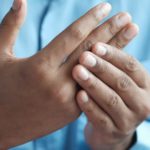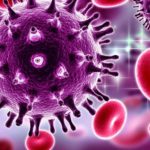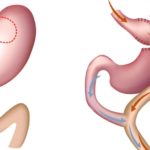Is prevention of knee injuries possible?
The knee joint is the major joint of the lower limb and plays a major role in bearing the weight of the body and ambulatory activities like walking, running, and jumping. This joint has a wide range of mobility and is especially prone to injuries. Minor injuries during youth lead to an increased disability during old age. Many of these injuries are preventable.
Composition of knee joint
The knee is the joint between the lower end of the femur or thigh bone and the upper end of the tibia or shin bone. It is supported by four ligaments called anterior/posterior cruciate ligaments and medial/lateral collateral ligaments. The patella is a small bone, circular in shape, and is related to the front of the knee. It provides stability and protection from injuries. The inside of the knee joint is lined by a layer of tissue called synovium which secretes a watery fluid. This synovial fluid provides lubrication during movements. There are two D shaped cartilages placed in the joint. They are called medial and lateral meniscus. They provide stability and permit smooth movements.
Mode of injuries
Any person is prone to a knee injury, whether a sportsperson, a child, or an elderly person. These injuries are painful and debilitating and make the activities of daily living very difficult. The good news is that majority of knee injuries are preventable. Let us try to understand their mode of occurrence. That will give us an idea to take preventive steps.
- The anterior cruciate ligament (ACL) and posterior cruciate ligament (PCL) stabilize and permit forward and backward movements of both bones. The medial and lateral cruciate ligaments (MCL & LCL) provide sideways stability.
- Sudden twisting movements and maximal pressure on the outer knee as occurs in sports (e.g., football) are the most common causes of injuries to the ACL. It results in pain, swelling, and a clicking sound during movements. It results in joint instability.
- PCL injuries are caused by a blow to a bent knee or the upper shin which occurs when the knee hits the dashboard in a car accident. This may also result in a fracture of the knee cap or patella. It results in pain, swelling, and instability, as well as difficulty in walking.
- MCL is injured when a strong force is applied over the outer aspect of the knee. It results in pain and swelling over the inner side of the knee. Pain is aggravated on bending the knee.
- LCL injuries are caused by an injury that pushes the inner side of the knee which causes severe stress on the outer part of the joint.
- Meniscus injury occurs during twisting of the knee in a bent position. The tear may be partial or complete and results in pain and locking of the knee.
- In severe injuries like road traffic accidents or falls from a height, there may be dislocation of the knee or fracture of the bone. This requires urgent orthopedic consultation.
Prevention of knee injuries
“An ounce of prevention is worth a pound of cure”. It’s economical too as it saves man-hours and the cost of treatment. Below are some tips on how to prevent knee injuries:
- Protective sports gear is recommended to be worn while playing. The protective gear should also be inspected for any damage and replaced timely.
- Running shoes should be replaced if the heel is worn out. This should be done after every three to six months for regular runners.
- A warm-up before and a cool-down at the end of sports not only prevents injuries, it improves the performance too.
- Always maintain a stable posture. Standing on unsteady objects like chairs or ladders may result in a fall.
- Avoid lifting unduly heavy loads. Help should be taken or a trolley to carry loads should be used.
- A healthy diet containing proteins, vitamin D, and calcium keeps your bones stronger.
- A regular exercise for at least 30 minutes at least 3 times a week is highly recommended.
- Smoking is better avoided. Consume alcohol in moderation as it increases the chances of tripping. Heavy alcohol consumption is also a risk factor for osteoporosis.
A physician should be consulted in case of a knee injury so that an early diagnosis and appropriate treatment are done. It is better to avoid self-medication.




























